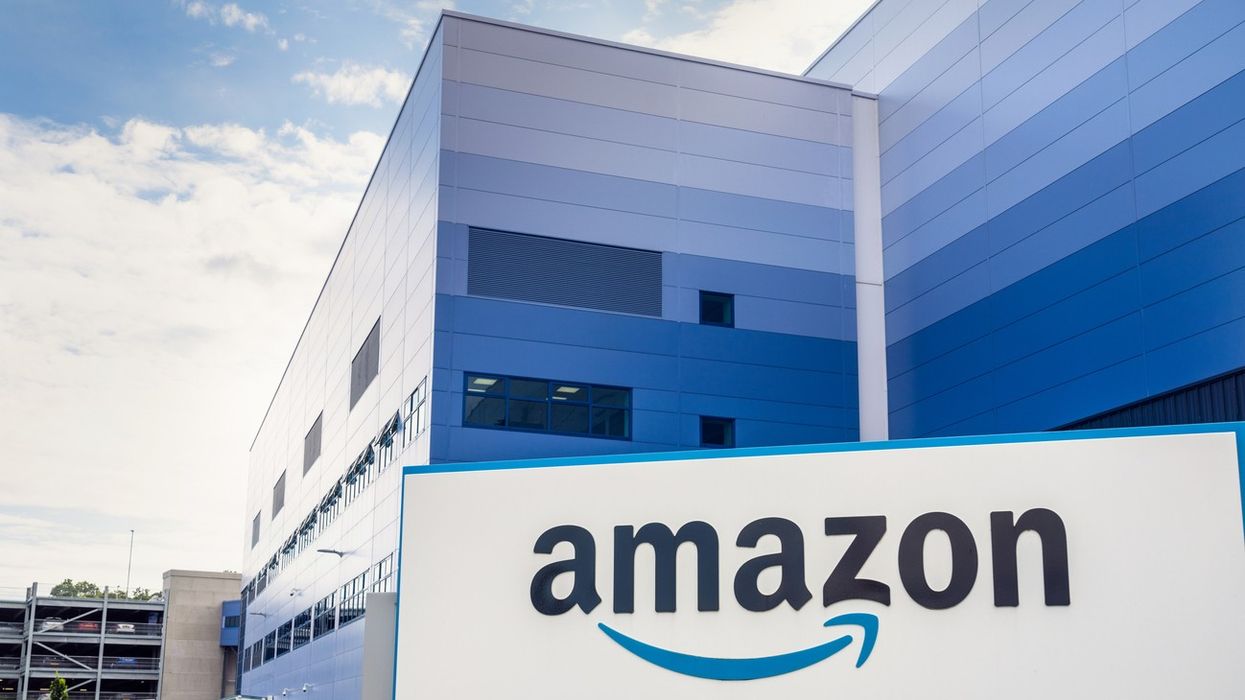Highlights:
- Internal report says Amazon could automate up to 75% of its operations.
- Automation expected to save around 30 cents per processed item and $12.6 billion by 2027.
- Company denies large-scale job cuts, calling report “incomplete.”
- New robotic warehouses already show reduced human staffing.
Amazon eyes large-scale automation to cut costs
Amazon is reportedly preparing for one of the biggest workplace transformations in its history, the gradual replacement of hundreds of thousands of jobs with robotic systems. According to a New York Times report, the company’s automation team projects that robotic systems could eliminate the need for more than 500,000 roles in the coming years, saving approximately 30 cents per item processed and up to $12.6 billion in operating costs between 2025 and 2027.
The e-commerce giant’s U.S. workforce has tripled to around 1.2 million since 2018. However, executives told Amazon’s board that increased automation could prevent the need to hire more than 600,000 additional employees even as sales are expected to double by 2033.
Amazon disputes report, says hiring plans remain active
Following the report, Amazon issued a statement disputing the scale of job cuts suggested. Spokeswoman Kelly Nantel said the cited documents reflected “the perspective of one group within the company” and did not represent Amazon’s overall hiring strategy.
She added that Amazon plans to bring in 250,000 workers for the upcoming holiday season, although it did not clarify how many roles will be permanent.
The New York Times reviewed internal documents that detail how Amazon’s robotics and automation departments, comprising over 3,000 staff, are developing systems to streamline warehouse operations and logistics.
Robotic facilities reduce workforce needs
Amazon’s most advanced warehouse in Shreveport, Louisiana, serves as a model for future facilities. The site employs about 25% fewer human workers than traditional centers, relying instead on thousands of robots to pick, pack, and move items.
The company plans to replicate this model across 40 additional warehouses by 2027, starting with a newly opened facility in Virginia Beach. Older fulfillment centers, such as the one in Stone Mountain, near Atlanta, are also being retrofitted with robotic systems.
According to internal projections, after automation upgrades, some warehouses could operate with up to 1,200 fewer employees while still increasing throughput by around 10%.
‘Efficiency doesn’t tell the whole story,’ says Amazon executive
Udit Madan, who oversees global operations at Amazon, said automation savings could also fuel new employment opportunities in other areas. “That you have efficiency in one part of the business doesn’t tell the whole story for the total impact it might have,” he said, noting that the company continues to invest in expanding its delivery network and rural depots.
Despite the company’s assurances, analysts say the shift reflects a broader trend in logistics—balancing efficiency and cost reduction against workforce stability. With plans to automate up to 75% of its operations, Amazon’s next decade may mark a defining test of how far robotics can reshape human work in one of the world’s largest employers.














